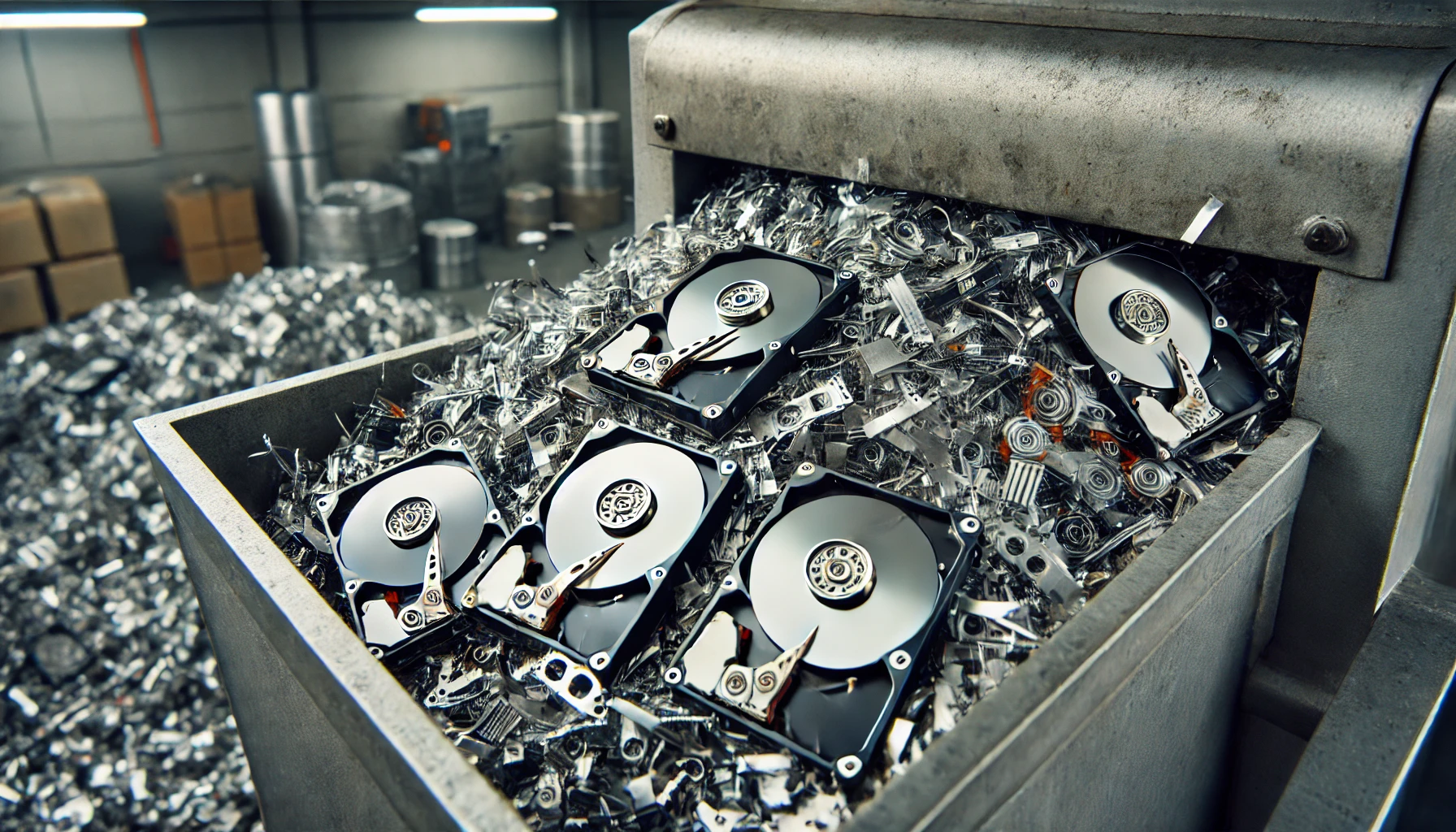Safeguarding sensitive information is more critical than ever. Improper data destruction can expose businesses to serious risks, including identity theft and data breaches.
This article explores various methods of data destruction, highlighting why hard drive shredding stands out as the most secure option. We also discuss environmental considerations, cost efficiency, and tips for choosing a reliable data destruction service.
Join us as we unravel the essentials of effective data destruction and its importance in protecting your information.
The Importance of Secure Data Destruction
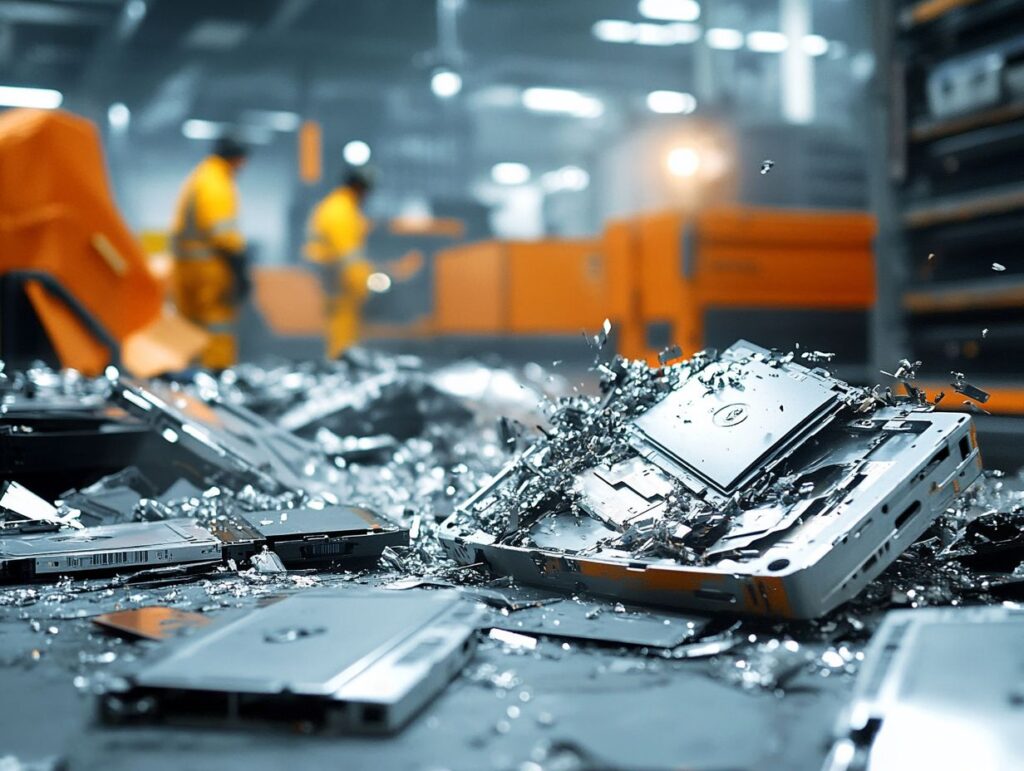
Secure data destruction is essential in today’s digital landscape, where sensitive information is increasingly vulnerable to exposure. Organisations must prioritise effective data destruction methods to ensure compliance with data protection laws and to protect against potential data breaches.
Inadequate data disposal can result in serious consequences, including legal liabilities, compromised user privacy, and significant reputational harm.
By adopting robust secure data handling processes, businesses can mitigate risks, uphold data privacy, and maintain compliance with regulatory standards such as the General Data Protection Regulation (GDPR) and various industry best practices.
Risks of Improper Data Destruction
Improper data destruction presents significant risks that can jeopardise both organisations and individuals, leading to data breaches and identity theft. When sensitive information is not disposed of adequately, it may fall into the wrong hands, resulting in severe consequences for data confidentiality and user privacy. These risks underscore the critical importance of utilising reliable data destruction services that comply with relevant regulations and adhere to best practices.
The financial implications of inadequate data disposal can be substantial; a 2020 report indicated that the average cost of a data breach is approximately £3.86 million, with some incidents resulting in losses exceeding £200 million. Organisations may also face legal liabilities if they fail to protect consumer data, potentially incurring fines and litigation expenses. Consider high-profile cases such as the 2017 Equifax breach, which impacted 147 million individuals and resulted in significant penalties.
These instances highlight the necessity of maintaining rigorous security protocols and implementing thorough data destruction practices to safeguard sensitive information and uphold individual privacy.
Common Methods of Data Destruction
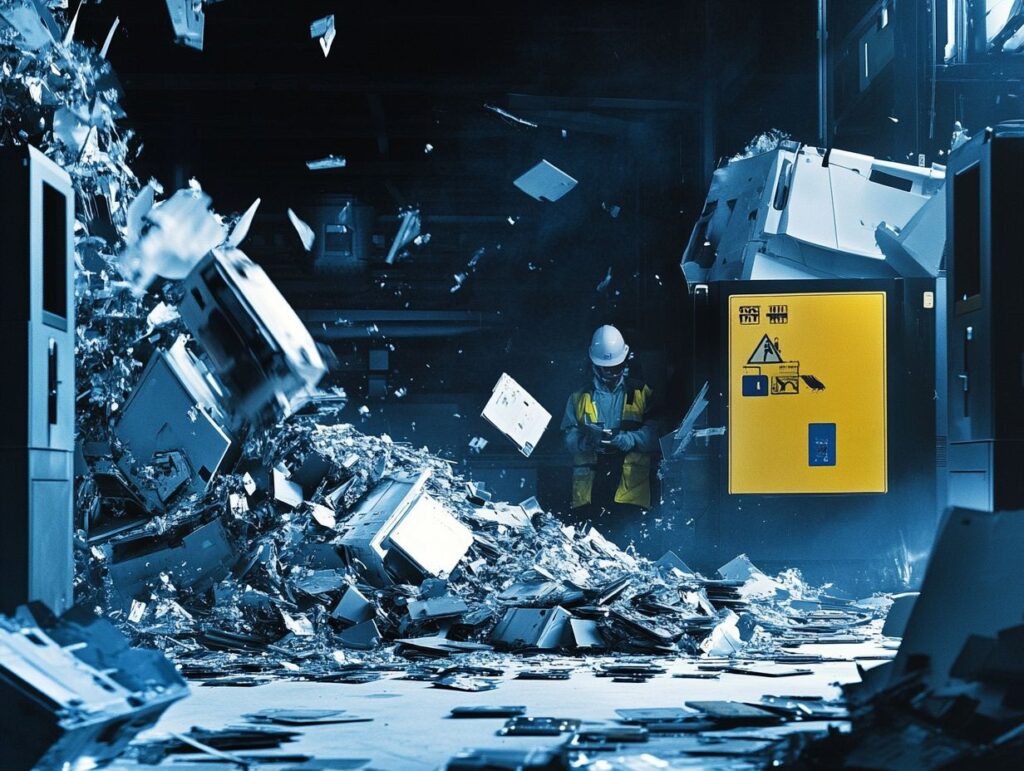
There are several data destruction methods available, each offering distinct advantages and suitability depending on the type of data and media involved. Common approaches include physical data destruction techniques, such as hard drive shredding and degaussing, as well as software-based solutions like secure erasure and data sanitisation.
It is essential to select the appropriate method to ensure that sensitive information becomes irretrievable, thereby enhancing overall data security.
Overview of Different Techniques
Various techniques are employed for effective data destruction, including hard drive shredding and electronic media disposal, to ensure the permanent destruction of sensitive data. A comprehensive understanding of the nuances of each technique enables organisations to select the most appropriate method tailored to their specific requirements, while also adhering to environmental regulations and data security protocols.
Plus physical destruction methods, organisations frequently consider data wiping and degaussing. These alternatives serve to either overwrite existing data or disrupt magnetic fields, making them more suitable for scenarios where physical damage is not feasible or may compromise the integrity of other materials.
When integrated into a broader data lifecycle management framework, these techniques not only address critical security concerns by preventing unauthorised access to sensitive information but also enhance sustainability efforts through the proper disposal and recycling of outdated technology. This multifaceted approach supports compliance with legal requirements and promotes a sense of responsibility towards environmental preservation.
Why Hard Drive Shredding is the Most Secure Method
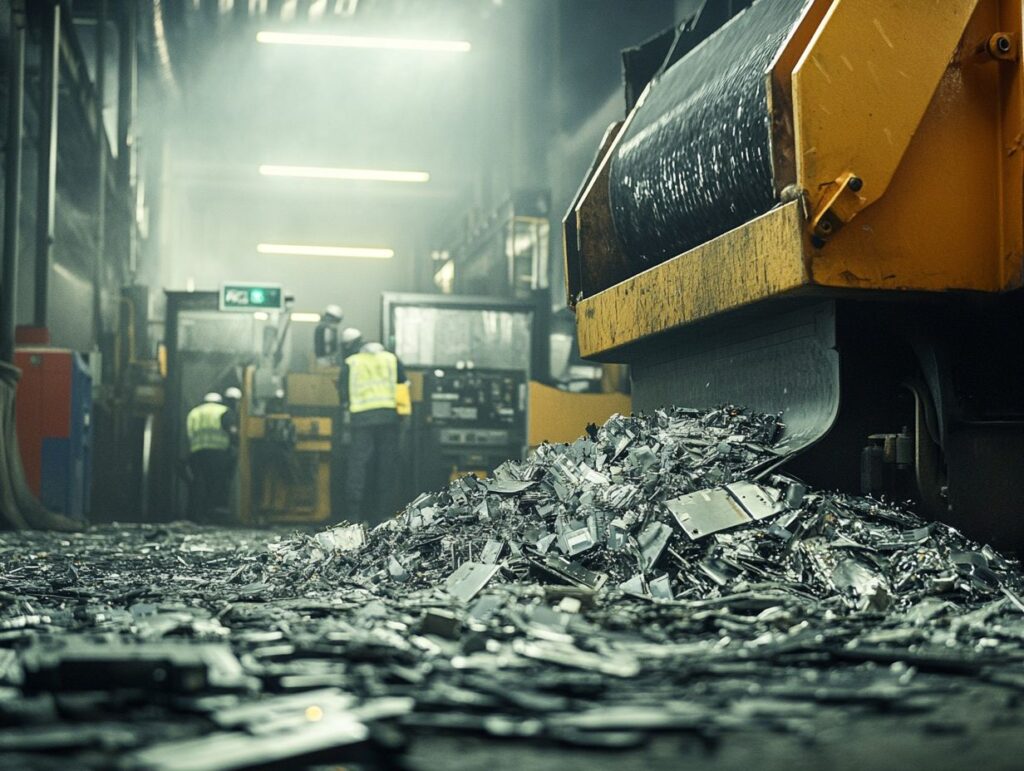
Hard drive shredding is widely recognised as the most secure method of data destruction, effectively mitigating the risk of data breaches and ensuring data integrity.
This process entails the physical shredding of hard drives into small, irretrievable pieces, rendering it virtually impossible for sensitive information to be accessed or reconstructed.
Additionally, certified shredding services provide assurance that the process complies with stringent industry standards, thereby enhancing operational efficiency in data management.
How Shredding Works
Hard drive shredding employs specialised machines designed to physically disintegrate storage devices into small fragments that cannot be reassembled. This secure process guarantees the permanent destruction of data stored on hard drives, making it a reliable option for organisations seeking effective data destruction services.
The technology utilised in these shredding machines features robust cutting blades that efficiently reduce hard drives to fragments typically no larger than a quarter of an inch. Before initiating this process, it is essential for organisations to implement secure storage practices to protect sensitive devices until they are ready for destruction.
Upon arrival at the shredding facility, trained professionals meticulously load each hard drive into the machine, adhering to strict protocols that ensure compliance with data protection regulations. Engaging professional data destruction services not only ensures comprehensive and secure data elimination but also provides organisations with documentation for compliance audits, thereby offering assurance that all necessary measures have been taken to safeguard sensitive information.
Benefits of Shredding
The advantages of hard drive shredding extend beyond mere data destruction; it plays a critical role in preventing data breaches and enhancing overall risk management strategies. By ensuring the irreversible destruction of sensitive information, organisations can confidently adhere to audit requirements and maintain user privacy standards.
Hard drive shredding is consistent with industry best practices that are crucial in today’s highly regulated environment. This commitment not only reduces liability but also demonstrates a proactive approach to corporate responsibility, providing reassurance to clients and stakeholders.
The efficacy of shredding significantly contributes to asset recovery processes, enabling organisations to reclaim valuable space and make informed decisions regarding hardware disposal.
Ultimately, maintaining stringent data governance through shredding not only protects reputations but also fosters trust, positioning companies as leaders in security and ethical practices within their respective industries.
Other Factors to Consider for Secure Data Destruction
When addressing the issue of secure data destruction, organisations must assess various factors that can influence both cost and efficiency within their data management strategy.
Plus the methods utilised for physical data destruction, it is crucial to consider the environmental impact and ensure compliance with relevant regulations when selecting an appropriate data destruction service.
Environmental Impact
The environmental impact of data destruction methods, particularly with regard to electronic waste (e-waste), presents significant challenges that organisations must address in order to fulfil their corporate responsibilities. Implementing environmentally responsible disposal methods not only ensures compliance with environmental regulations but also promotes secure data handling practices that align with sustainability objectives.
As businesses increasingly digitise their operations, the volume of electronic waste generated escalates considerably, raising both ethical and environmental concerns. This situation highlights the necessity of adopting comprehensive e-waste management strategies to mitigate negative effects on the environment.
Organisations must prioritise not only the secure erasure of data but also the proper recycling or disposal of materials associated with obsolete technology. By emphasising sustainable recycling methods, businesses can convert potential waste into valuable resources, thereby fostering a circular economy and reinforcing their commitment to environmental stewardship.
Cost and Efficiency
Cost and efficiency are paramount considerations when evaluating data destruction services, as organisations must balance their budgets with the imperative for secure data handling and compliance with audits. By investing in effective data destruction solutions, companies can optimise their asset management processes while ensuring adherence to regulatory standards.
This approach significantly mitigates the risk of data breaches, which can result in substantial financial loss and reputational harm. Organisations that prioritise reliable data destruction not only safeguard sensitive information but also cultivate trust among stakeholders.
The implementation of these services can yield long-term savings by minimising potential penalties associated with non-compliance. As efficiency improves, businesses frequently discover that they can allocate resources to other growth-oriented initiatives, thereby enhancing overall productivity.
Ultimately, making informed decisions regarding data management can establish a sustainable framework for operational excellence.
Choosing a Reliable Data Destruction Service
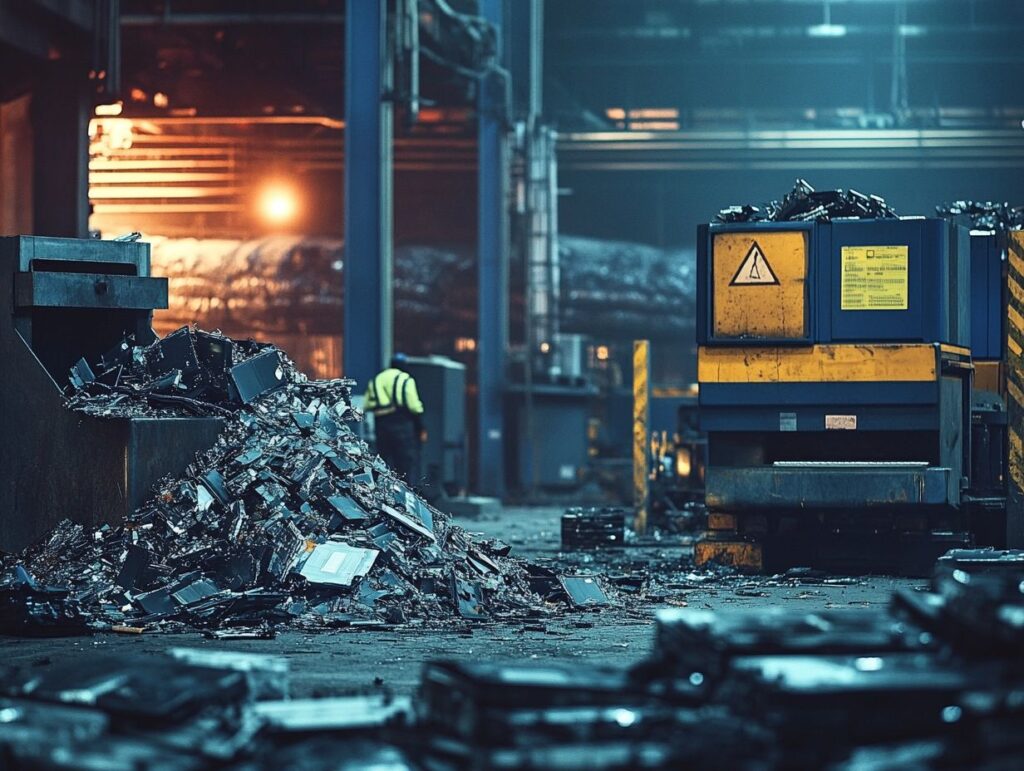
Selecting a reputable data destruction service is crucial for ensuring the secure handling of sensitive information in compliance with industry regulations. Organisations should carefully assess potential vendors by examining their shredding certifications, adherence to established best practices, and the variety of data destruction services they provide.
This thorough evaluation ensures robust data security throughout the entire process.
Important Considerations
When evaluating data destruction services, it is essential to consider several factors to ensure optimal vendor selection and compliance with regulations. Organisations should thoroughly assess the vendor’s data handling practices, risk management strategies, and adherence to data protection laws to effectively safeguard sensitive information.
A review of the service’s certification and accreditation status is critical, as these elements significantly influence the vendor’s reliability and commitment to maintaining high standards. Additionally, examining client testimonials and case studies can offer valuable insights into the vendor’s success in managing sensitive data.
Beyond mere regulatory compliance, it is imperative that effective risk management strategies are integrated, emphasising proactive measures that identify and mitigate potential breaches. An organisation that prioritises secure data handling not only fosters trust with clients and stakeholders but also establishes a robust framework that enhances overall organisational security while protecting sensitive information.
Frequently Asked Questions
What is the importance of secure data destruction methods?
Secure data destruction methods are crucial in protecting sensitive information and preventing data breaches. Improper disposal of data could result in unauthorized access to confidential information, leading to financial loss, damage to reputation, and even legal consequences.
What is hard drive shredding?
Hard drive shredding is a method of secure data destruction that physically destroys the hard drive by breaking it into small pieces. It is considered the most effective way to ensure that data is completely irretrievable.
What makes hard drive shredding the preferred method for secure data destruction?
Hard drive shredding leads the pack as the preferred method for secure data destruction because it completely destroys the hard drive, making it virtually impossible to retrieve any data. It offers the highest level of security and peace of mind for disposing of sensitive information.
Can any type of hard drive be shredded?
Yes, hard drive shredding can be used on any type of hard drive, including traditional hard drives, solid-state drives, and other types of storage devices. It is a versatile method that can handle a wide range of hard drive sizes and types.
Are there any environmental benefits to hard drive shredding?
Yes, hard drive shredding has environmental benefits as it ensures that the hard drive components are properly disposed of and recycled. This helps to reduce electronic waste and minimise the impact on the environment.
Who should consider using hard drive shredding for secure data destruction?
Any individual or organization that handles sensitive information, such as personal, financial, or medical data, should consider using hard drive shredding for secure data destruction. It is especially important for businesses to protect their customers’ data and comply with data privacy regulations.

